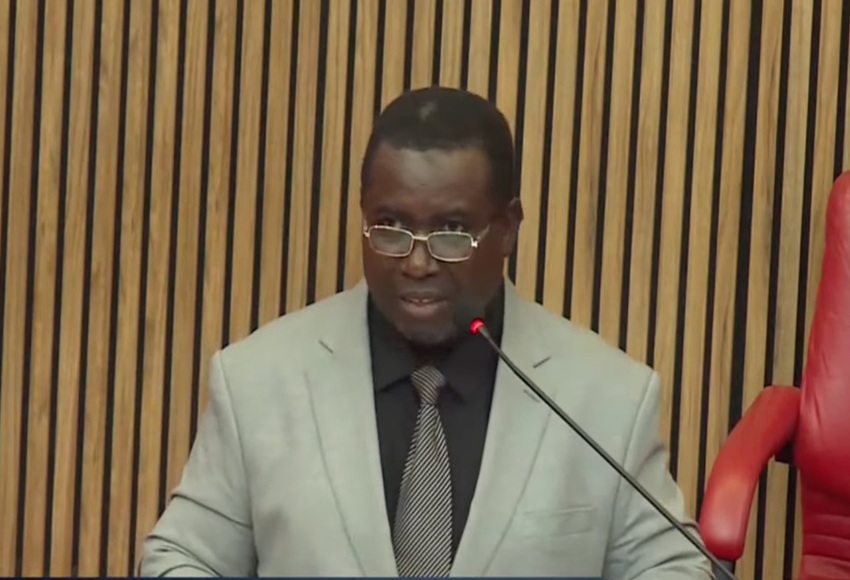The number of casualties in Ukraine has witnessed a significant surge, as reported by unnamed officials from the United States. BBC correspondent Quentin Sommerville has been stationed on the eastern frontlines, where the grim responsibility of tallying the deceased has become a daily task.
In Donetsk, not far from the frontline, a small brick mortuary contains the bodies of unknown soldiers. 26-year-old Margo, who works at the mortuary, expresses a unique connection to the deceased. She takes on the role of apologizing for their deaths and even thanking them in a way, as if they can hear her words.
At her desk just outside the mortuary’s entrance, Margo diligently records the details of those who have fallen. While Ukraine doesn’t officially release numbers of war casualties and maintains these figures as state secrets, Margo acknowledges the magnitude of the losses.
Though exact figures remain classified, recent reports by US officials, as cited by the New York Times, estimate the death toll at 70,000 and up to 120,000 injured. This staggering statistic is drawn from an armed forces that numbers only around half a million. In comparison, the United Nations has documented 9,177 civilian deaths thus far.
Margo’s arm bears a small tattoo depicting a mother and child, along with her son’s birthdate. With her nails painted in Ukrainian colors, she wears a black T-shirt declaring “I’M UKRAINIAN.” She explains that the most painful aspect is witnessing young lives lost in defense of their land.
Margo, who has had to identify her own partner among the deceased, admits that the job has hardened her, but she refrains from crying in public. She reserves her emotions until she returns home in the evening.
In April, leaked Pentagon estimates placed Ukrainian deaths at a much lower count of 17,500. The recent jump to over 70,000 is attributed in part to the counter-offensive in the southern region. Initially, Ukrainian infantry suffered heavily during this campaign, leading to significant losses. The city of Bakhmut fell to Russia in May, marking one of the most brutal battles of the war.
Although Ukraine has adjusted tactics in response, casualties continued to mount, particularly among newly trained young soldiers during the June push to breach Russian-occupied defenses. One senior sergeant, stationed near the village of Velyka Novosilka, described the situation as young soldiers dying “by the dozens” daily.
At mortuaries along the frontlines, a somber process unfolds to identify the unknown soldiers arriving directly from the battlefield. Body bags are examined one by one, with clues sought to establish their identities. Everyday items, now posthumous clues, are collected from their pockets. Mortuary staff labor to match names to the fallen, turning the “Unidentified” on body bags to actual names and military details.
Reporting restrictions prevent precise mention of numbers, but groups of commanders often visit these mortuaries, working to identify the fallen. The scale of casualties becomes starkly evident in Ukraine’s cemeteries. Around Krasnopilske cemetery in Dnipro, freshly dug graves emerge in close proximity, with sunflowers hanging over them as a tribute.
Oksana, whose husband Pavlo died in November during a Russian missile strike, grieves at his graveside. Ukraine’s cemeteries reflect the great wave of loss washing over the country’s battlefields. Even 18 months into the conflict, few families have been untouched by the tragedy. Despite the toll, the determination to win remains unwavering among Ukrainian forces.
Oksana, who had promised her husband to join the military if he died, now serves in an aerial surveillance drone unit. She embodies the unyielding spirit of the Ukrainian people in the face of adversity. The casualties have forged a stronger resolve for victory, keeping the fight alive even in the midst of heartache and loss.
Advertisement




